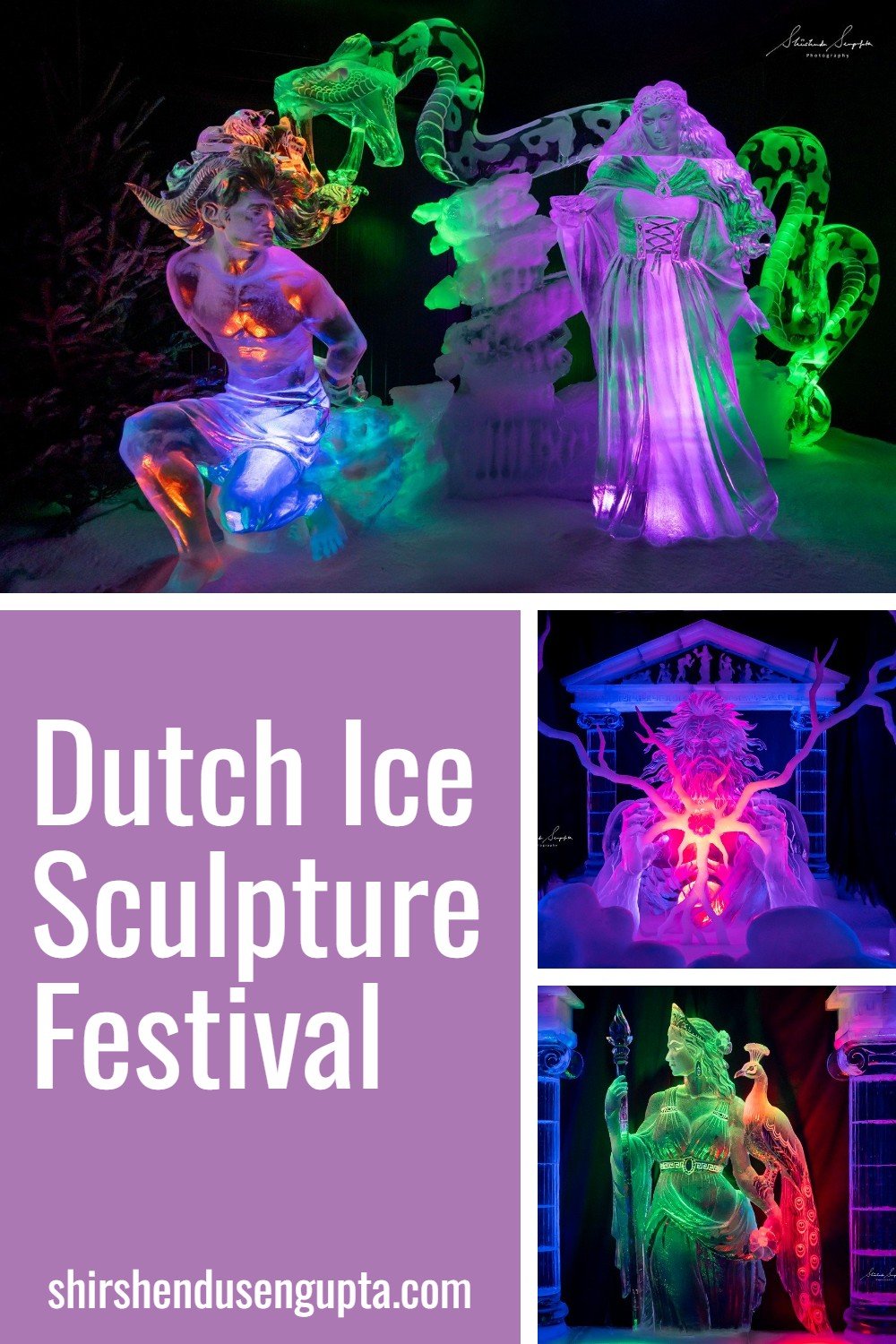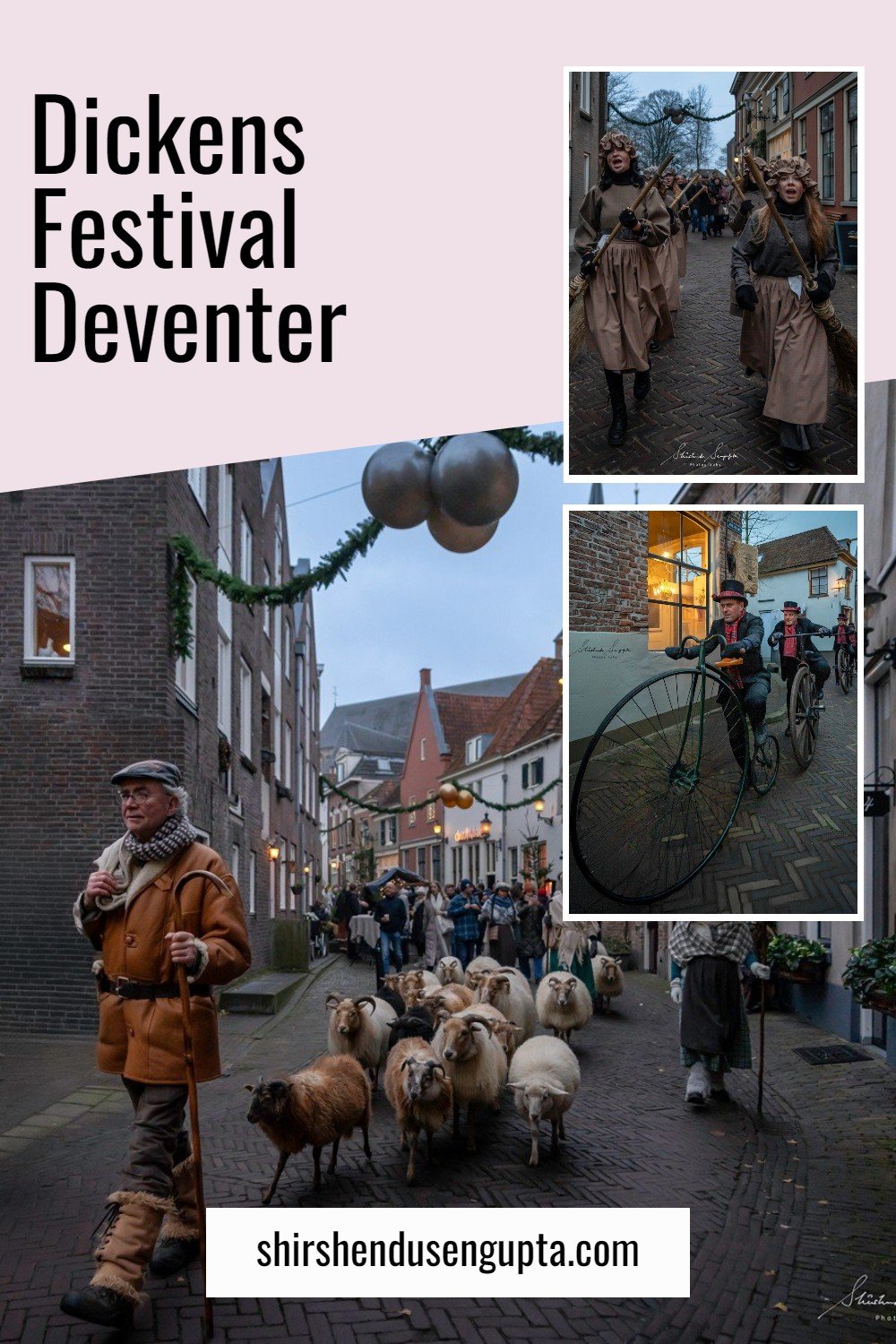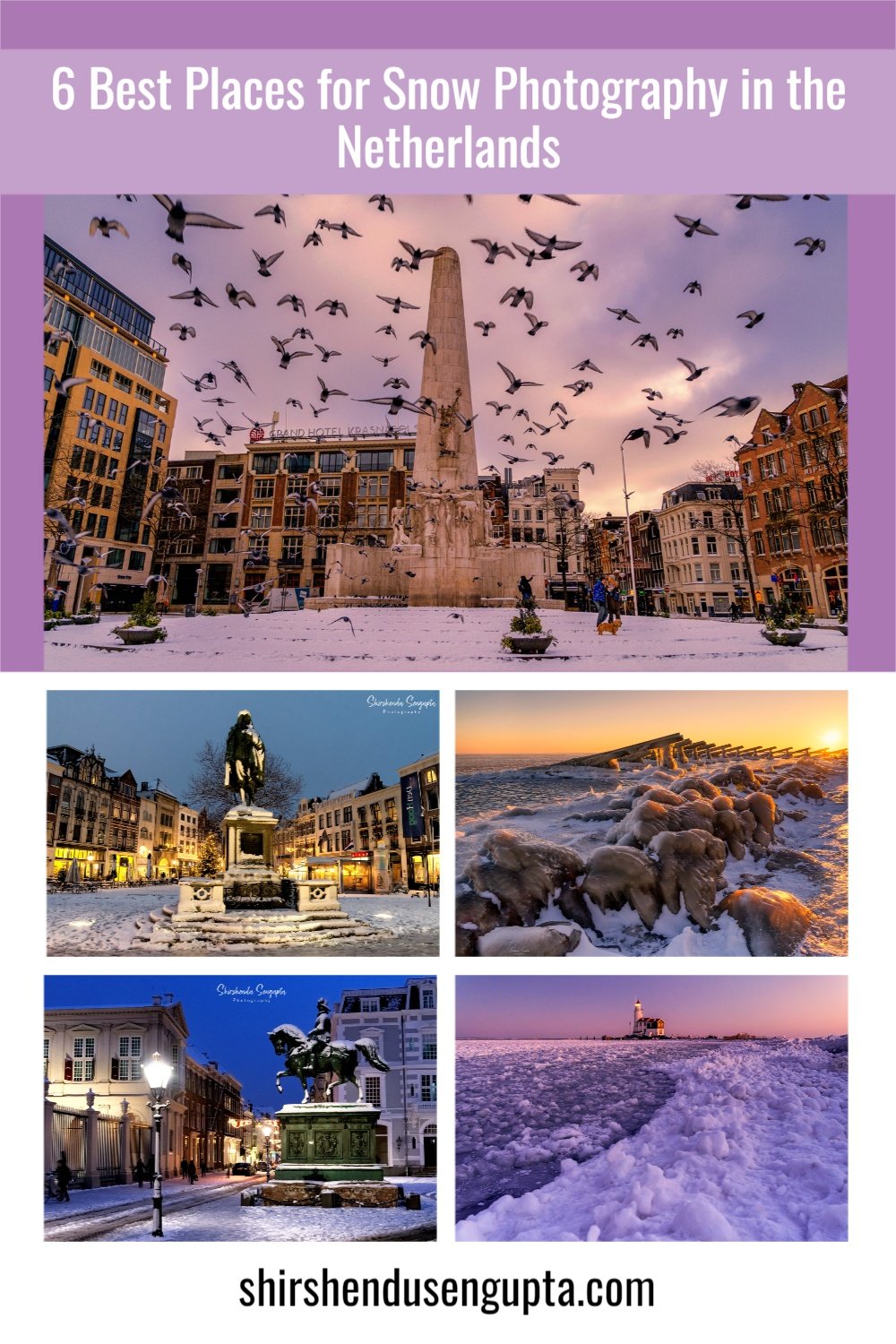The Christmas Markets of Riga | Top 8 Things to See and Do during Christmas in Riga | 8 Best Places to Visit during Christmas in Riga, Latvia
Prologue
During a magical Christmas, we set off on a marathon road run, A Baltic and Scandinavian Christmas | A 7000 km Cruise and Road Trip across Germany, Lithuania, Latvia, Estonia, Finland, and Sweden from the Netherlands | Travel Itinerary, Tips, and Tricks. What began as a festive escape soon unfolded into one of the most memorable journeys of our lifetime, filled with snowy drives, twinkling markets, and cozy holiday traditions across Northern Europe. So, based on our experience, today I’m going to take you along with me on a ride across the top 8 things to see and do during Christmas in Riga, the capital of Latvia. Let the journey begin!
About Latvia
Latvia is a nation of northeastern Europe and the middle of the 3 Baltic states (a term given to the countries in northeastern Europe situated on the Baltic Sea, namely Lithuania, Latvia, and Estonia). Latvia, which was inhabited and annexed by the U.S.S.R. in June 1940, became independent on August 21, 1991. Latvia joined the North Atlantic Treaty Organization (NATO) and the European Union (EU) in 2004. Like its Baltic neighbors, Latvia quickly shifted towards adopting a free market policy since the early 1990s. The capital and the largest city is Riga.
Welcome to Riga
Riga, the capital of Latvia, is not just the crown jewel of Latvia but of all of the Baltics. Riga has more than 600,000 residents, making it the biggest city in the Baltic States. Riga's Old Town, much famed for its Art Nouveau architecture, is a UNESCO World Heritage Site.
Top 8 Things to See and Do during Christmas in Riga
1. Visit the Christmas Markets at the Dome Square and Town Hall Square
With a strong pagan and Christian streak, Latvians commemorate Christmas (or the Winter Solstice) with zest and fervor. And since the world's very first ever Christmas Tree was put up in Riga back in 1510, Latvia has as much right to the title of ‘The Home of Christmas’ as the North Pole. At Riga, even if it's not a white Christmas, you can easily enter the seasonal spirit by simply following the aroma of gingerbread and mulled red wine and charming stalls selling hand-knitted shawls, mittens, socks, fragrant candle lights, artisanal spoons, and other woodwork in the Christmas Markets in the center of the Old Town. And don't forget to give yourself some rest from shopping with authentic delicacies like grey peas and bacon, best on a chilling winter day.
Christmas Market at the Dome Square
There are a couple of small and idyllic Christmas Markets in the old town of Riga. The main one is at the Doma Laukums (Dome Square) where the main Christmas Tree is put up with the Rigas Doms (Riga Cathedral) at the backdrop. It is smaller than the Christmas Markets in the other Baltic countries, but very cozy, ambient, and fragrant with a wide assortment of food being prepared and served hot.
Christmas Market at the Town Hall Square
The second one is located in the Town Hall Square, about 400 m from the Dome Square. In the image below you can see another Christmas Tree put up in the Town Hall Square with the Town Hall in the backdrop.
2. Enjoy the Christmas Decors
Across the Old Town, you can find Christmas decors - big and small, Christmas street lightings, and various other decorations.
3. Walk through the Swedish Gate
Swedish Gate was built as a part of the Old Town walls of Riga during the middle ages that worked as both a stronghold wall and as an essential border for trade functions. The Swedish Gate was one of the few entryways to the town, offering access to barracks outside the city walls. It was constructed in 1698 after the end of the Polish-Swedish War when the Swedish Kingdom took over the city, beginning a reign called the Swedish Times between 1629 and 1721.
Like lots of other middle ages structures, this one has a legend too. In the past, in the Swedish Gate’s location, there was a home of a wealthy merchant. Like any other merchant at that time, he needed to pay a tax to bring items into the town of Riga. As he was an intelligent merchant, he thought, “Instead of paying, I'd rather get rid of my home and construct a gate instead.” Therefore he did. Which's how the Swedish Gate came into being.
4. Marvel at the Riga Nativity of Christ Cathedral
The Riga Nativity of Christ Cathedral is the biggest Orthodox cathedral in the Baltic nations, which survived the Soviet era as a planetarium and dining establishment. Now, it has again become a sacral structure where Orthodox church services happen regularly.
The Nativity of Christ Cathedral was designed by Nikolai Chagin in a Neo-Byzantine design between 1876 and 1883 when the nation belonged to the Russian Empire. The preliminary design did not include a belfry. However, as the Russian Czar Alexander II provided a surprise present (12 bells), the style was enhanced with another dome for bells. The main opening happened on October 28, 1884.
5. Visit the Freedom Monument
Built in 1935 to celebrate Latvian independence, this symbolic statue in Old Town depicts the image of Liberty holding 3 stars in her outstretched hands, signifying the nation's unity. According to a legend, Stalin prepared to blow it up after the Second World War when Russia occupied Latvia, but Vera Muhina, who was born in Riga and was a trainee of K. Zale, defended it, and thus it survived the Soviet times.
During the "Perestroika" time, the Freedom Monument was the primary location of meetings. In 1994 it was the location where Bill Clinton supported the independent Baltic on behalf of America. The statue was rebuilt in 2001. The monument now has 2 Guards of Honour who sometimes march up and down, accompanied by another soldier who observes them from a distance.
6. Three Brothers
The Three Brothers is a building complex made up of three houses. Collectively, the residences comprise the most ancient residential complex in Riga. Every house depicts a different period of development of residential buildings. The oldest brother was built in 1490, the middle brother was built in 1646, and the youngest brother was built in the second half of the 17th century. Legend has it that the buildings are known as the ‘Three Brothers’ because three men from the same family are said to have built them. Today, they house the Latvian Museum of Architecture and the State Inspectorate for Heritage Protection.
7. Relish a different perspective of Riga from the clock tower of St. Peter’s Church
This is a must-see if you're visiting Riga because it has one of the highest and best views. The entrance price is 9 euros, but it is well worth it. From the viewing platform, you can see all of the city's prominent landmarks. Furthermore, a lift takes you to the top so you may enjoy the spectacular views without having to walk. The church itself is worth seeing, and there is a fascinating museum about Latvia's struggle for independence from Soviet oppression.
8. See the sunset from the 26th Floor of Radisson Blu Skyline bar
To enjoy a different perspective of Riga, go to the Skyline Bar located on the 26th floor of the Radisson Blu hotel, order your dinner or snack (I say snack because being in the northern part of Europe, the sun sets at around 15:30 during Christmas time in Riga), and watch the sun go down over the Riga Skyline. The only impediment to photography is that you have to take the pictures through the glass windows, and hence you may get reflections.
Visiting Riga
Best Time to Visit: Normally, the tour brochures say that the best seasons to visit Riga are late spring (May to June) and early autumn (September to October), when the city is less crowded with tourists and the weather is moderate or while summer (July to August) when it is warmer and the days are longer. But we think the best time to visit Riga is during Christmas when quaint Christmas Markets and decorations adorn the city. The downside could be that the days are quite short but the Christmas Market lights bring the city to life even after sunset. So nothing to worry about! We visited Riga during Christmas.
Number of Days to Stay: Two to three days is a good amount of time to spend visiting Riga. During this time, you can see the major sights and immerse yourself in the lively local culture.
Best Place to Stay: Staying in the Old Town (Vecrīga) puts you in close proximity to important sites including St. Peter's Church and the Riga Cathedral. There are cobblestone streets, historical buildings, and a vibrant atmosphere in this quaint neighborhood. Located just outside of Old Town, the Centrs district features a blend of Art Nouveau buildings, retail avenues, and cultural establishments. For those seeking a more contemporary location close to important attractions, it's a fantastic choice. The island of ĕīpsala in the Daugava River has lovely views of the city and a more sedate, residential ambiance. With its quaint wooden buildings and picturesque coastline, it offers a unique experience within a short distance from the city center. We stayed in the Old Town.
Best Way to Arrive: The primary entry point into the city is Riga International Airport, which is situated roughly 10 km southwest of the city center. The airport offers links to a number of long-haul locations as well as numerous towns in Europe. Major cities in Latvia and the Baltic region can be reached by train from Riga. Riga Central Station, also known as Rīgas Centrālā stacija, is the primary train station and is conveniently situated with good public transportation connections. There are numerous domestic and international bus companies that travel to Riga. Conveniently situated close to the Old Town, the central bus station (Rīgas starptautiskā autoosta) provides services to a number of locations in Latvia and abroad. You can also choose to drive to Riga, particularly if you're coming from a nearby country. We drove to Riga from Vilnius in Lithuania.
Best Local Mode of Conveyance: Rīgas Satiksme operates a dependable and reasonably priced public transportation network in Riga that includes trolleybuses, trams, and buses. In Riga, taxis are easily accessible, and ridesharing services such as Bolt function within the city limits. You can use taxis for short excursions or traveling late at night when public transportation is less frequent. Riga is getting more and more bike-friendly, offering services for rentals as well as dedicated bike lanes. Riverboats offer gorgeous trips along the Daugava River during the warmer months and are a nice opportunity to experience the city from a different perspective. Riga is a very walkable city, particularly in the center areas and Old Town where most of the attractions are situated. We recommend discovering the city's historic and cultural sights by foot.
Epilogue
So that brings us to the end of our journey across the top 8 things to see and do in Riga during Christmas. Please let us know in the comments below if you enjoyed reading this article.
And if you wish to read the day-by-day account of our complete 7000 km road run across the Baltics and Scandinavia during Christmas, please visit our article A Baltic and Scandinavian Christmas | A 7000 km Cruise and Road Trip across Germany, Lithuania, Latvia, Estonia, Finland, and Sweden from the Netherlands | Travel Itinerary, Tips, and Tricks. Until then, merry traveling and happy shooting!
Pin the article
Bookmark the article for reading later!
Want to license/buy photos in the article?
License photos for commercial/editorial use or buy photo prints!
Want us to write an article for you?
Articles for magazines, newspapers, and websites!
Watch our Videos
Check out our videos on our Youtube Channel!
Join the Newsletter
Get updates on our latest articles!
We respect your privacy. Read our policy here.































